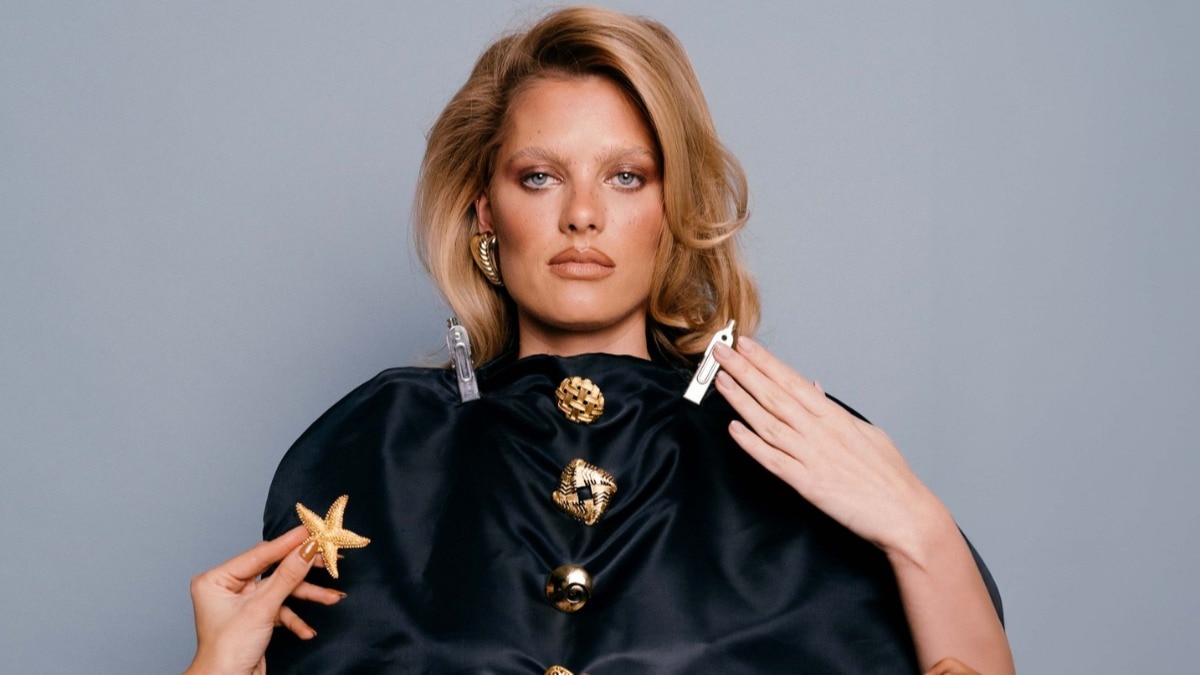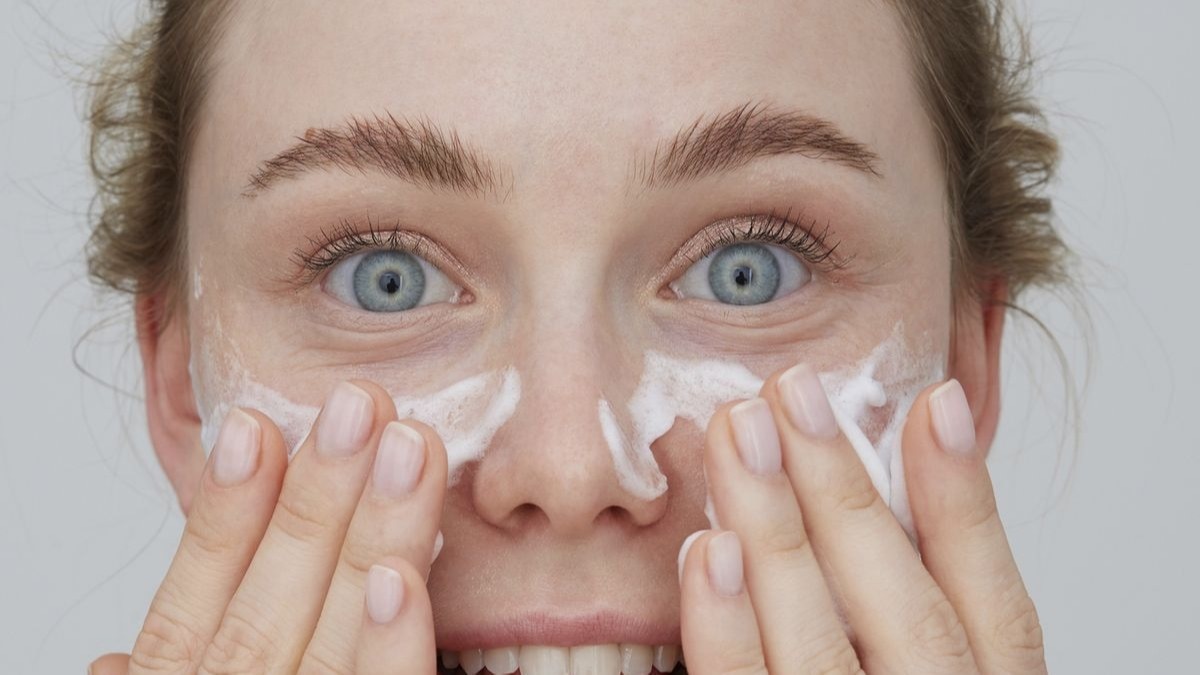
If you're a forward-thinking fashion lover, vintage luxury is for you
Sustainable, rare, and original—there is nothing like a good piece of vintage luxury.


Fashion is an interesting industry. It is constantly doing two things simultaneously: looking to the future, predicting impending trends and styles, while taking stock of its past to help inspire the next. That dichotomy is currently in even starker relief as two aspects of fashion are pulling into focus: the evolution of the vintage space and the revolution that is the metaverse. And while the metaverse, with its NFTs, avatar outfits, and virtual accessories is still in its infancy, the mature vintage fashion industry is being leveraged in exciting new ways by luxury houses, start-up platforms, and entrepreneurs.
Luxury houses are approaching the resell market from a number of different angles. The first out of the gate with its concept was Gucci. The Italian house created a platform called Gucci Vault where it sells vetted vintage Gucci pieces, customising some of them to give them a modem update, and pricing them in line with current Gucci items. But the brand went further. It created space on the site to highlight a number of young designers it was collaborating with and also tapped 12 up-and-coming jewellery designers, just in time for the holiday season. Thus, the site has become a point of convergence between the brand’s 100 years of history and fashion’s global future.

“For me, shopping isn’t simply about buying things. It is about establishing a connection with them, entering into a relationship. It is precisely this bond that has grown today. In my mind, I always had the idea to create a place in constant evolution where ‘impossible’ conversations between objects from different origins, creators, and eras could take place: central figures in a dialogue between past and present, able to spark future inspiration,” said Alessandro Michele, Gucci’s Creative Director.
Hot on Gucci’s heels were Valentino and Jean Paul Gaultier. Both houses announced that they, too, were getting into the booming vintage retail space. Valentino made a choice to team up with four reputable international vintage stores—Resurrection in Los Angeles, New York Vintage Inc in NYC, Madame Pauline Vintage in Milan, and Laila Tokio in Japan—to create its Valentino Vintage programme. Owners of Valentino items from previous seasons can contact those stores via the Valentino website and have their pieces appraised, eventually getting credit towards buying current Valentino items in its flagship shops. Those same vintage stores now also sell a selection of Valentino Vintage items curated by the Italian fashion house.

Gaultier’s brand is taking a more hands-on approach with its foray into the circular fashion model through its recently-updated website. It is now possible to rent out runway looks from past seasons that span the 50 years of the French designer’s work. The site is also selling a curated selection of vintage pieces—a move that gives the brand a stronger position in terms of controlling the resale of its luxury garments and accessories.
In India, the trend has been gaining steady momentum with both retail sites and Instagram handles offering vetted vintage pieces. In June last year, fashion portal Saritoria launched pre-loved, authenticated, designer, Indianwear by names like Sabyasachi, Rohit Bal, Anamika Khanna, Abu Jani Sandeep Khosla, and Shantanu & Nikhil, among others. Another website, Confidential Couture, subscribes to the idea of shop-sell-repeat with global luxury bags, shoes, and dresses, as do Luxepolis and ReTag.

Instagram thrift stores have democratised the pop-up space as well. For instance, The Local Vintage has been reviving retro styles with almost daily updates, while Carol’s Shop & Tea Room from Nagaland, Aimée from Noida, and Vintage Laundry curate bright, printed pieces that work as playful separates. To complete the look is pre-loved designer jewellery from Viange, ranging from Chanel to Hermès, Yves Saint Laurent, Nina Ricci, Kenzo, and more.
“I, for the longest time, have been scratching my head, not understanding why brands don’t mind their legacy more authentically,” said John Matheson, the man behind the well-regarded Instagram feed @mcqueen_vault, which focuses on the work of Alexander McQueen (and John’s highly curated collection of vintage McQueen pieces). “This is exactly what you should be doing [with vintage luxury pieces], treating them like the heirlooms they are. This is sustainable, green, meaningful, luxury...it’s all of those things,” pronounced John.
Considering that the second-hand market is the fastest-growing segment in the fashion industry, it’s a smart move for luxury brands to start to finally take the vintage fashion space seriously...to begin to claim a 360-degree oversight of their approach. According to ThredUP, the world’s largest online thrift store, in partnership with the research firm GlobalData, the market is projected to be valued at $64 billion dollars (₹6,400 crore) in the next five years. And they forecast that by the end of the decade, 17 percent of a person’s closet space will be filled with second-hand garments, up from just 3 percent in 2009.

Exclusivity has always been a cornerstone of the luxury space. And as millennials become the largest percentage of the global workforce, their desire for individuality and personal expression, rather than the ‘it item’ mentality of previous generations, lends itself perfectly to the vintage marketplace. It also checks the sustainability box. Pre-owned luxury items are notoriously well-crafted, long-lasting, and also are more often than not, one-of-a-kind.
“Just talking about aesthetics and craftsmanship, vintage pieces are simply made differently. They were made at a time when manufacturing processes were different, and you can really feel that when you wear the piece. It hugs you differently, its facings are different, there is an attention to detail, there is just a magic to that,” said Rae Joseph, the founder of 1954 By Rae Joseph, one of the UAE’s first local vintage fashion online stores.
Already, there are quite a lot of different types of vintage merchandised platforms for fans to choose from. There are the consignment sites like The Real Real, Vestiaire Collective, or ThredUP as well as peer-to-peer platforms such as Wardrobe, Depop or Grailed. And more sites, feeds, and stores seem to be cropping up all the time. Farfetch expanded into the Middle East with its Second Life service, which makes it possible for users of the platform to earn credit on the site for vintage bags they are ready to part with. Customers can simply upload photos of the items they want to sell to the service, they’ll be told how much credit they can earn on the Farfetch site for the item, and the service will pick up the piece, get it verified, and give the owner the agreed upon credit, which they can then use on the site to buy new-season items.
This growth in the resell space also reflects how social media has turned archival fashion and vintage fashion collecting into a bit of a strange, aspirational land of pastime. A sartorial chimera that finds those that love collecting and wearing vintage, or are saving up to buy their favourite designer at a vintage price point, find themselves going up against individuals looking to leverage the exploding marketplace for pure profit.
“The prices over the past two to three years have absolutely lost all sense of reason. The people that see the growing value of vintage luxury are scrambling to literally vacuum up everything they can get their hands on. It’s creating false value. It’s creating inaccurate dating and information,” lamented John.
However, there are options like the Reluxable site, which was founded in Dubai: a platform created to bring together items from a select group of verified, luxury, second-hand retailers from around the globe.
“People are openly endorsing pre-owned goods. The second-hand market is growing and shows no sign of slowing down, getting a new lease of life and love online. By directly connecting conscious consumers and trusted second-hand retailers globally, we believe we can drive down fashion’s environmental impact and make luxury more accessible and sustainable,” said Marie-Helène Stavelot the founder and CEO of Reluxable.
The growing indoctrination into the more profound aspects of buying vintage (that it’s more sustainable but also incredibly rare and exclusive) could be a goldmine for people like Rae and Marie-Hélène. Generations of women have been meticulously buying and preserving designer clothing and luxury accessories. A veritable treasure trove of exquisite and lovingly maintained vintage pieces is just waiting to see the light of day.









